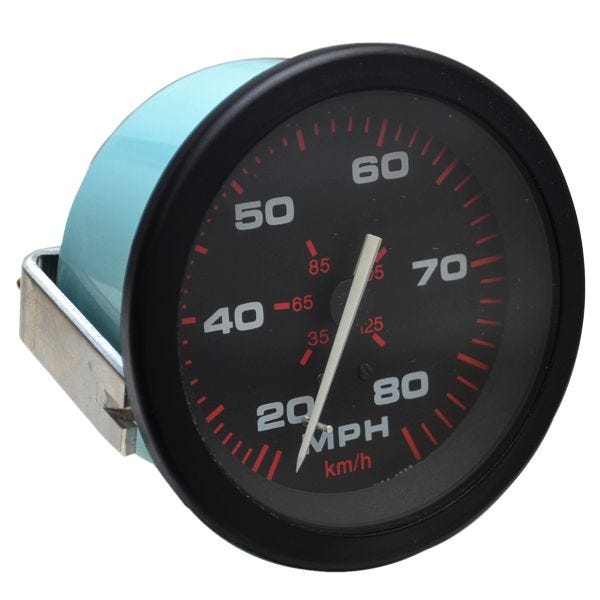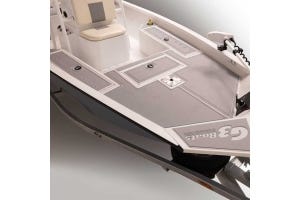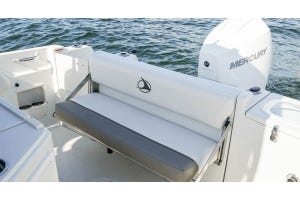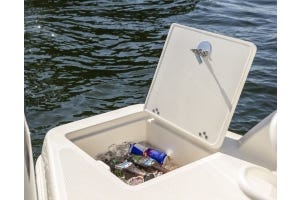Trust, but Verify, Part 3: Speedometers


When boaters talk speedos, they don't mean the cheeky swimwear (well, not usually). The speedometer enjoys pride of place on a boat's dashboard, and when it goes bad, it's pretty obvious. Finding and fixing the problem can take a little detective work, but it's not difficult.
Modern boat speedometers rely on two types of pickups: paddlewheels and pitot tubes. Whichever style your boat has, it "talks" to the speedometer gauge through a tube, with the increased air pressure as the boat speeds up making the needle move.
Pieces of seaweed, algae, or other crud can foul a paddle pickup, making it incapable of accurate measurement. Pitot speedometers are more accurate than paddlewheels at low speeds, but are also liable to get clogged. A coat of special antifouling paint will keep barnacles, zebra mussels, and other nasties from making your paddlewheel transducer their home. Check your pitot tube for crud and clear it by disconnecting it from the speedometer tube and blowing compressed air through the pitot. Some boaters who have hit logs in the water report success using a fine drill bit to carefully dig out packed-in wood debris – by hand, not attached to a power drill!
The speedometer’s tube is attached to the back of the gauge and is thicker than ordinary wiring. Check this tube for cracks or kinks. Disconnect the tube from the pitot and, watching the speedometer, blow into the tube for about 10 seconds. If the needle doesn’t move, check the pitot tube itself for damage. If it’s got a hole, replace the tube.







